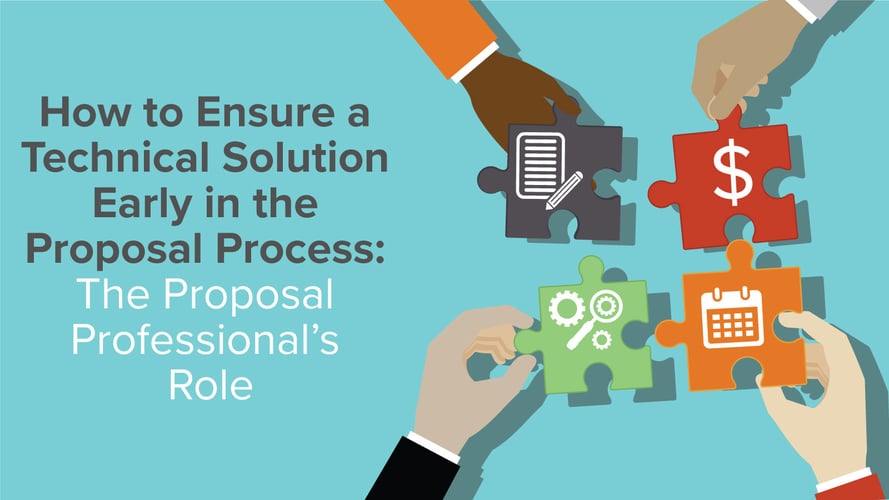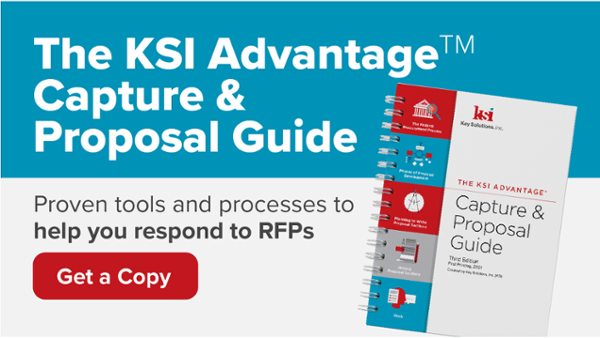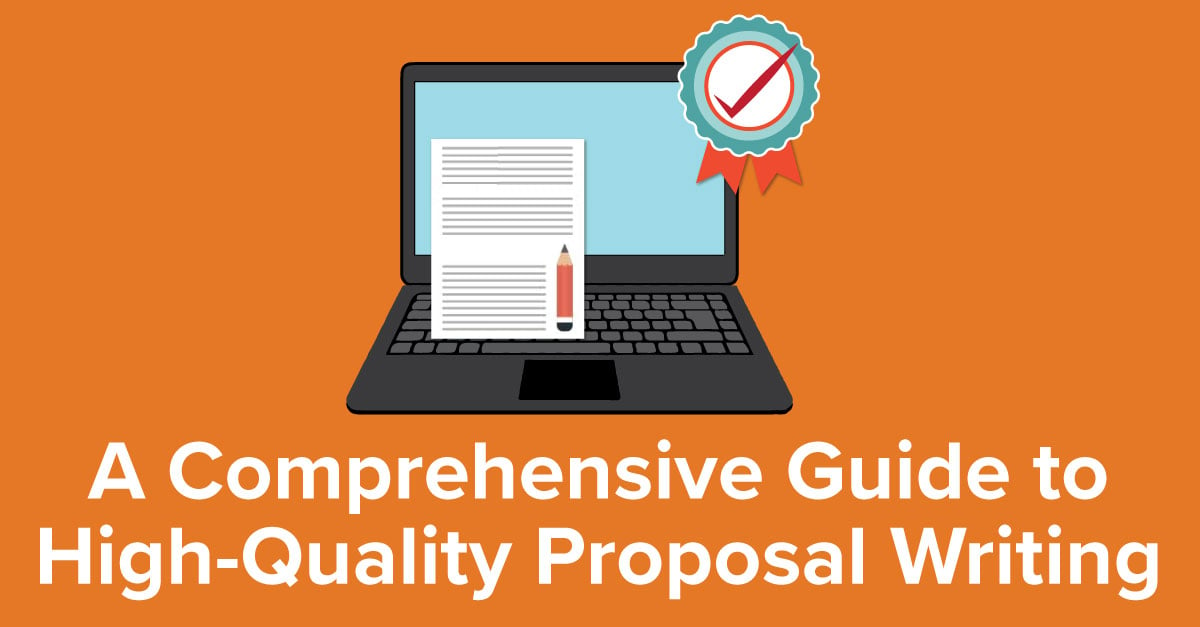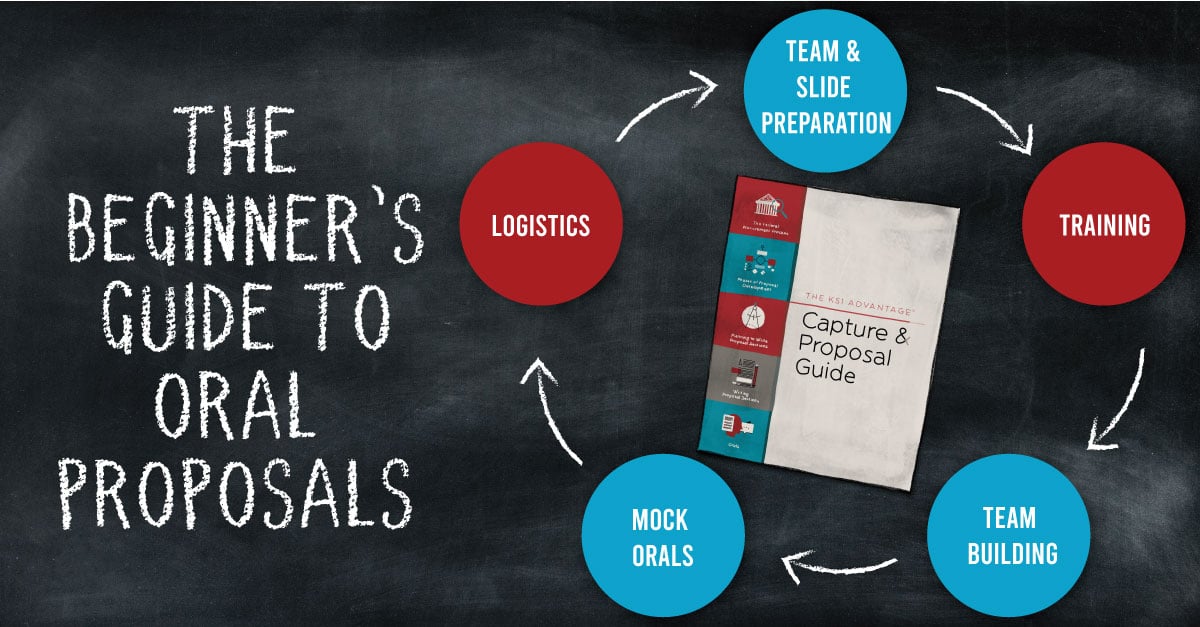
“What do you mean they haven’t developed a solution?!”
In the proposal world, it isn’t a case of whether or not you have heard, or will yourself utter this phase in exasperation, but when and, unfortunately, how often.
A close second is hearing your client say “we know what the customer needs despite what the requirements state”. But, you say, while I want my client to win and will do my best to provide a compliant, compelling proposal, isn’t it up to them to know what it takes to win and to develop the solution?
The truth is that our responsibility as proposal professionals is to help our clients with all aspects of the proposal to include avoiding falling into either of the solution pits represented by the statements above.
This article addresses the problems associated with a delayed or poorly developed solution in crafting a winning proposal and offers some suggestions on how we can use the proposal process to guide our clients in designing a solution, integrating it into the proposal development, and increasing the probability of winning.
Why is an early solution important?
Let’s begin by examining what might seem obvious: why is a delay or poorly developed solution a problem? Don’t our clients eventually devise one?
Understanding the answers to these questions will help you apply some of the approaches discussed below more effectively. While the client must develop and embrace the solution, unfortunately, it often lags behind the development of other parts of the proposal, which can contribute to a poorly crafted proposal response.
A timely and correctly developed solution is important to the overall proposal response because it impacts:
- The response to the technical and management requirements
- Developing the Transition Plan and the Work Breakdown Structure (WBS)
- Developing discriminators and win themes
- Determining the Price to Win
- Developing a coherent, compliant, and compelling response
Reasons the solution isn’t developed early
Not developing a solution early clearly can contribute to significant problems in creating a winning response.
However, lack of motivation by the subject matter experts (SMES) and solution architects (SATs) is not the cause.
They want to win; after all their future employment depends on winning; but there are several factors that affect their ability to develop a solution early.
Among these are:
- The SMEs and SAT are often overwhelmed by the demands of their day job
- Too many other competing proposals make it difficult to establish a priority
- The RFP doesn’t provide enough information develop a solution without answers to questions, the responses to which are often not timely
- The RFP is not clear what the customer wants or presents requirements that are not technically feasible
- The client has gap and can’t provide the product or service requested
So how can we mitigate these factors?
The challenge for us as proposal professionals is to keep the situation from reaching the stage where we are approaching a color review and the solution is still outstanding.
If we are at that point, then we already are behind and face the negative consequences of trying to stay on schedule and write to our sections somewhat in the dark.
To prevent this, at the beginning of the proposal process, ideally, even before a draft RFP is released and the Business Developers have identified an upcoming opportunity, there are some key actions we should strongly advocate and be engaged in:
Schedule a Strategy Session – An effective tool is to hold a strategy session comprised of the key members of the client from capture, business development, sales, engineering, and senior management. The proposal manager can run this or a third party, such as Key Solutions, skilled in this.
The goal is to understand customer expectations and hot buttons, develop a strengths, weaknesses, opportunities, and threats (SWOT) analysis, and develop a notional winner’s profile that identifies discriminators and approaches to meeting anticipated customer requirements.
Hold a Black Hat Review – A Black Hat Review can be part of the Strategy Session or run separately. The goal is to identify the strengths and weaknesses of the competition for insights on how to develop a solution.
Ghost The Competition — The Strategy Session and the Black Hat Review both provide insights into the weaknesses of the competition in regards to their performance or inability to respond to anticipated requirements. This information allows our client to develop a solution that has features that address the weakness of the competition while highlighting our strengths.
Early engagement of the SMEs and SATs – The proposal team should begin having meetings with the SMEs and SATs during the opportunity development period, through the release of RFIs, draft RFPs, and up to proposal release.
Developing familiarity with the key SMEs and SATS provides the proposals team with a good working relationship and an understanding of the corporate capabilities. This relationship provides early insight into potential solution approaches and facilitates the development of the response early in the proposal development process.
Identify and Understand All Customer Requirements – There is nothing more frustrating to the proposal manager, technical writer, or the SMEs and SATs to come out of a review with compliance issues.
Missing a requirement might merely be embarrassing, but it can also be something significant enough to impact the solution. It is imperative for the proposal team to help the SMEs and SATs fully understand all requirements and their interrelationship.
Conduct Solutioning Sessions – Conducting focused solutioning sessions that bring together key members of the proposal team early on to do some storyboarding helps ensure that the team is on the same page and understand the solution approach and any issues or gaps that need to be addressed.
Hold a Blue Team Review – Blue Teams often are not held or only address high-level review of requirements. A properly organized and focused Blue Team Review is the time to bring together all the precursor work done on solutioning to assess how the proposed solution will address the proposal requirements before the writers begin crafting the initial draft for the Pink Team Review.
Pricing and Solutioning Working Group – Too often pricing and solutioning proceed down separate and, hopefully, parallel paths. The challenge is that for many companies pricing goes through not only a separate development process but a separate review process. One potential benefit of developing a solution early in the proposal process is that it not only gives the pricing team a better basis of estimate, but it prevents a disconnect late in the process at Gold or White Review revealing that pricing doesn’t match the described solution.
Conducting all or even some of these actions will go a long way toward early development of a solution framework that can inform the development of other sections of the proposal response.
What does a Compelling Solution look like?
So we have managed to engage our client in the process for developing a solution early in the proposal process.
What are some features of the solution that we should look for to indicate it is the type of compelling solution that will knock the socks off the evaluators? A compelling solution:
- Is, first and foremost, compliant
- Provides best value
- Clearly describes Features and Benefits to the Customer: our solutions are better, cheaper, sooner, and future proof
- Meets legal and statutory requirements such as Section 508 compliant
- Is clear, simply stated; and ideally displayed in a single graphic
Summary
The technical and management solutions for a proposal response impact all other aspects of the proposal. A delay in its development creates risk in ensuring that the various parts of the proposal are integrated into a solid, compliant, compelling response. There are several tools and approaches that proposal professionals can advocate to help their clients develop a solution early in the proposal development process.
By being proactive and supportive of our clients we can avoid the pitfalls of delayed solution development while strengthening the probability of winning evaluations.








